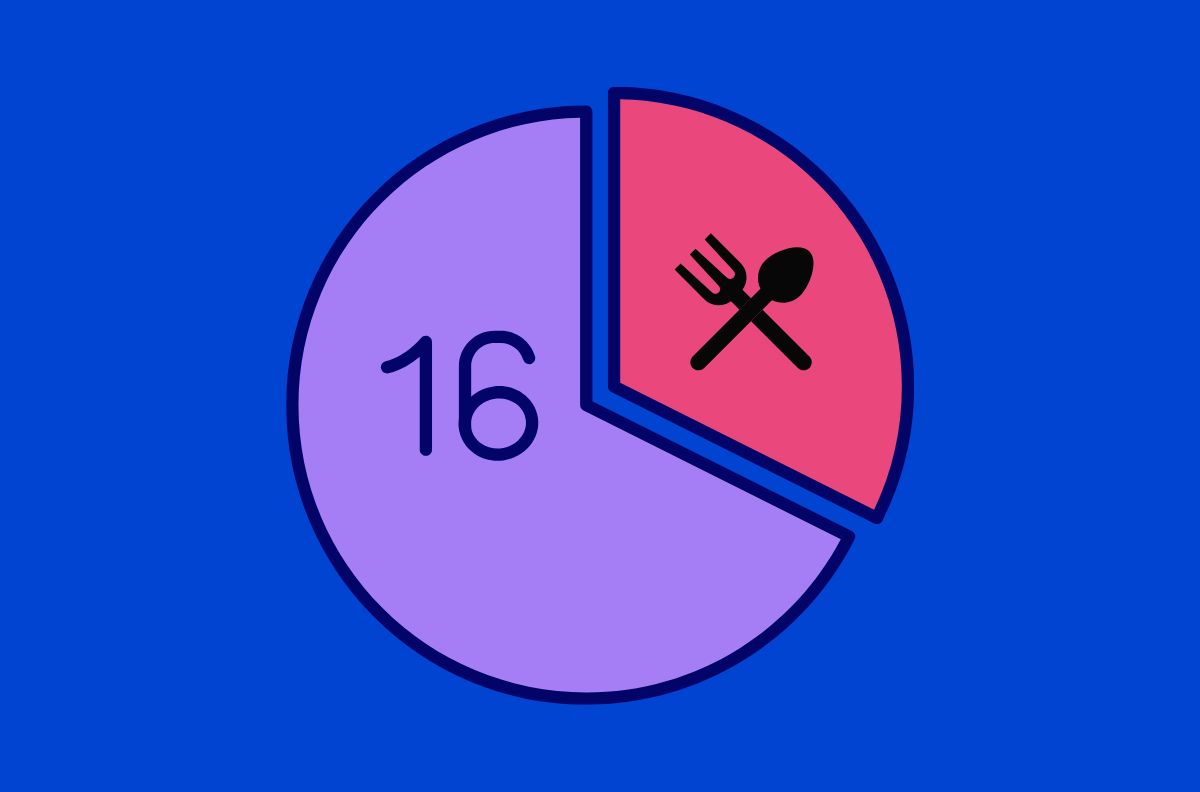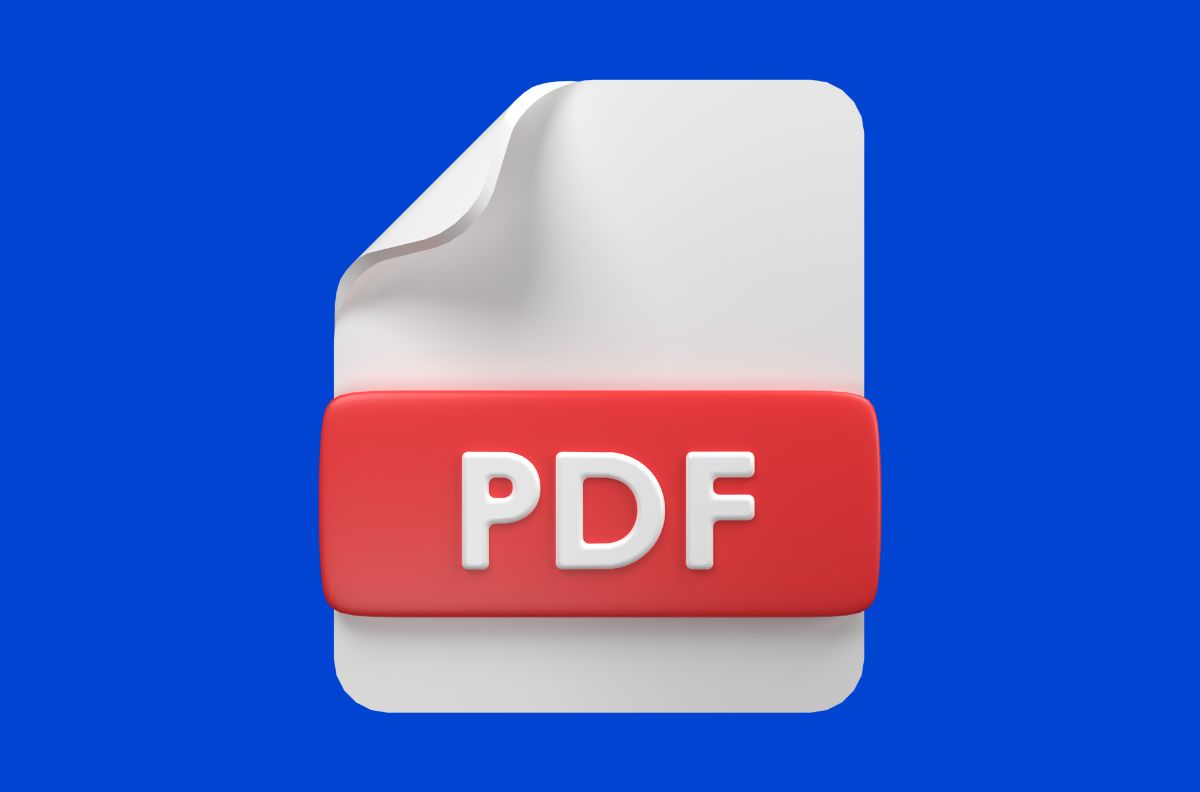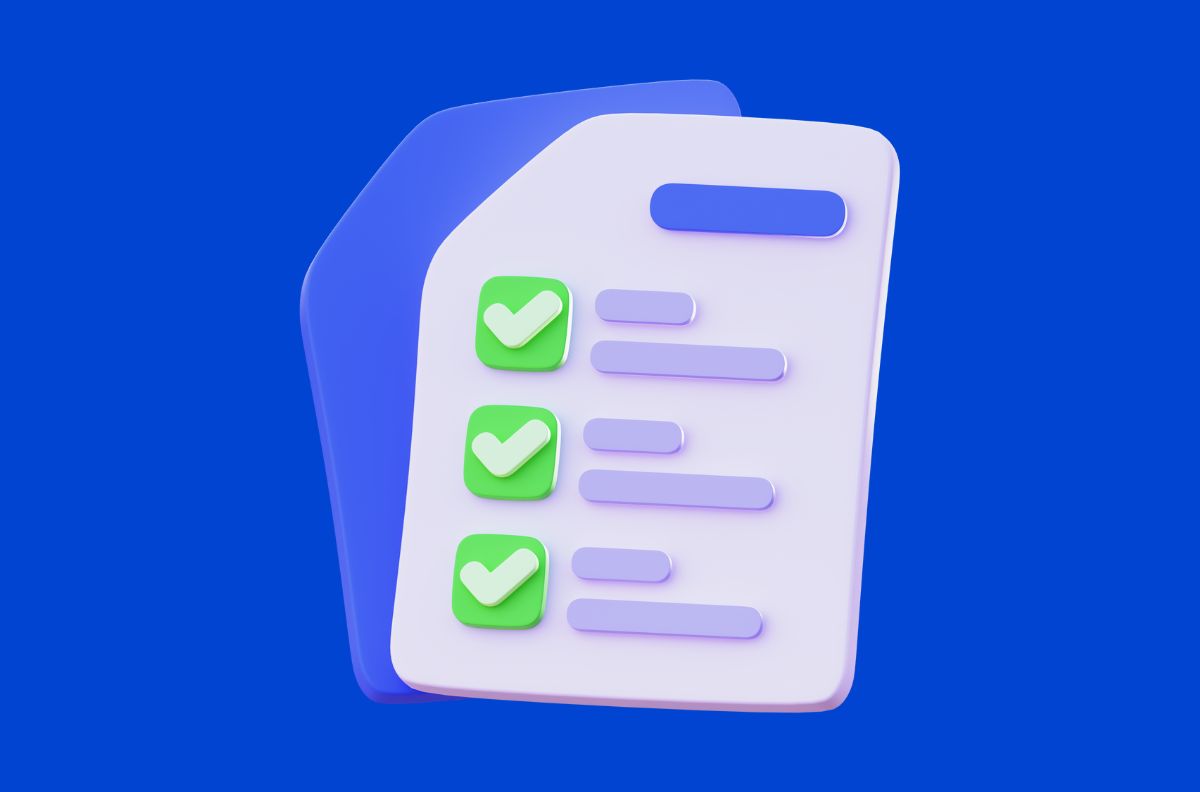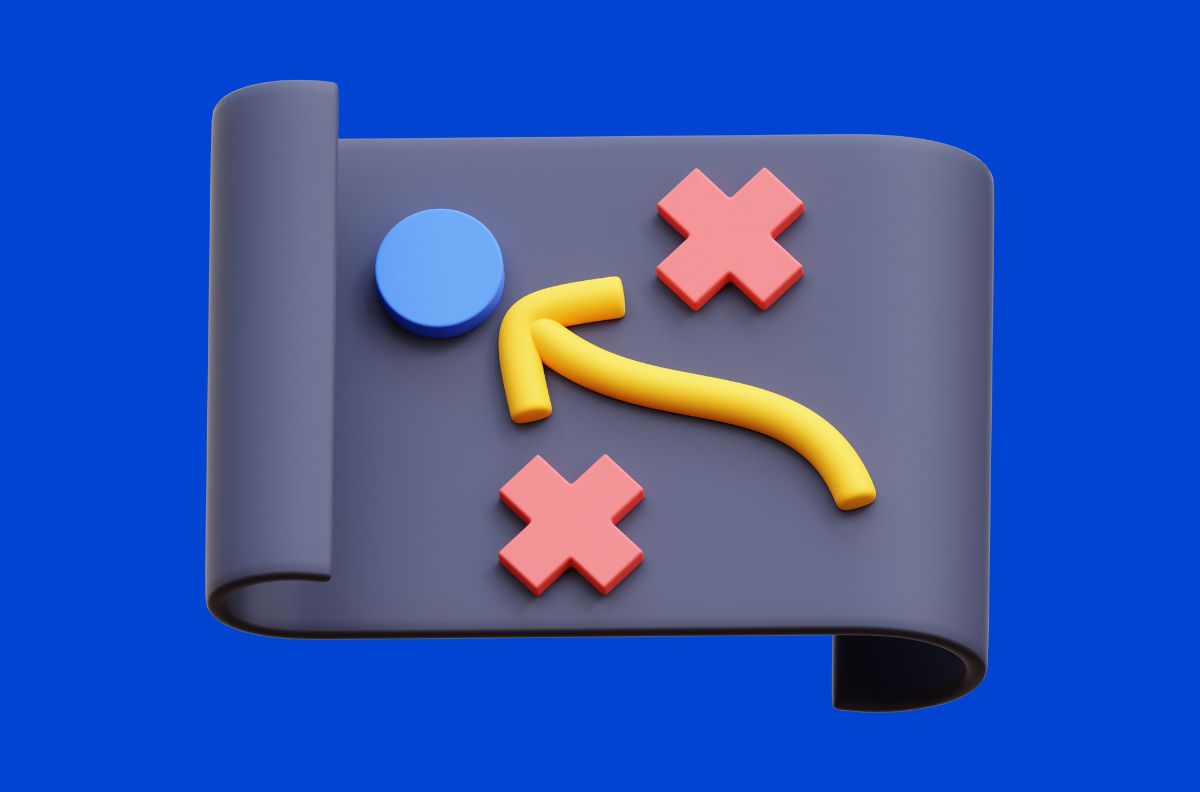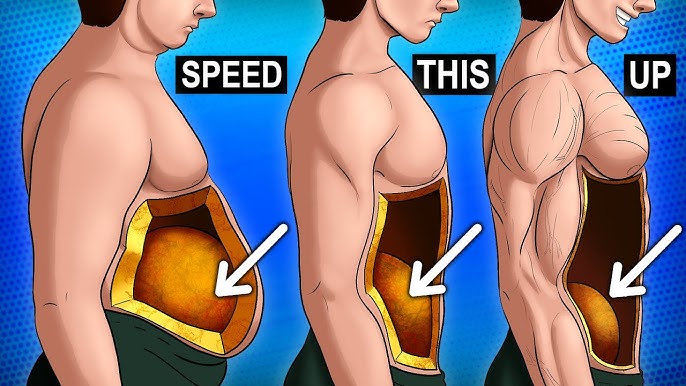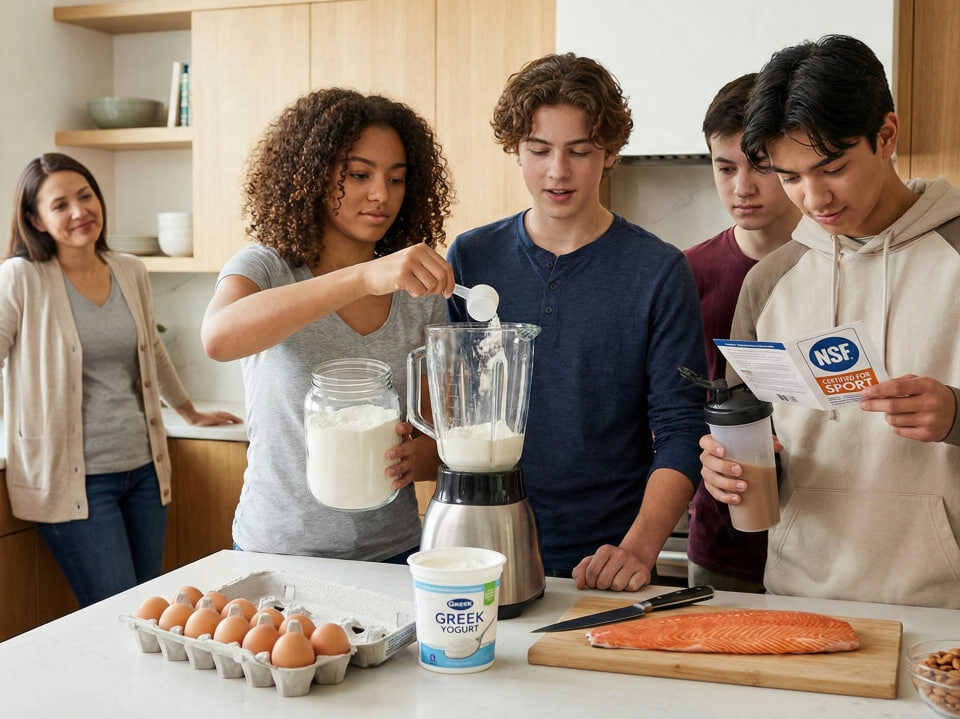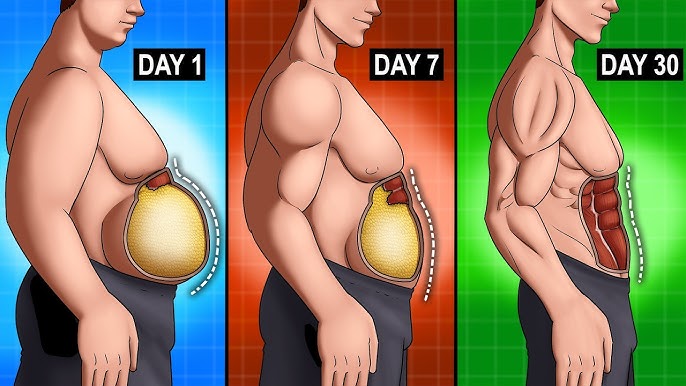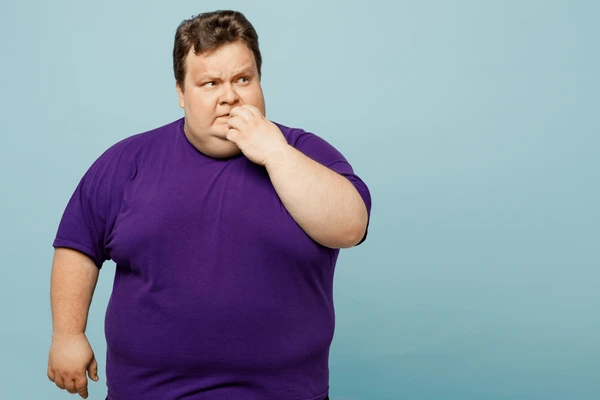When most people set out to lose weight, they picture shedding fat and revealing a leaner, more toned physique. But many people unknowingly lose muscle along with fat—slowing down metabolism and making it harder to maintain their results long-term.
In this comprehensive guide, we’ll break down how to achieve smart weight loss by burning fat while preserving lean muscle. Stay with SmartDietHub
Why Preserving Muscle Matters
Losing muscle during a diet:
- Slows down metabolism
- Increases the risk of weight regain
- Reduces strength and performance
- Leads to a skinny-fat look rather than a lean, toned body
Smart weight loss isn’t just about the number on the scale — it’s about body composition.
The Science Behind Fat Loss vs Muscle Loss
To lose fat, you must be in a caloric deficit — consuming fewer calories than you burn.
But here’s the challenge: If done wrong, your body will also break down lean muscle for energy.
Let’s look at how to prevent that.
Key Differences
| Factor | Fat Loss | Muscle Loss |
|---|---|---|
| Energy Source | Body fat stores | Muscle protein |
| Desired? | Yes | No |
| Impact | Positive | Negative (slower metabolism, weakness) |
5 Smart Strategies to Burn Fat Without Losing Muscle
1. Maintain a Moderate Caloric Deficit
Extreme calorie restriction leads to faster weight loss—but much of that comes from muscle.
- Aim for a 15–20% calorie deficit
- Target 0.5–1 lb fat loss per week
2. Prioritize Protein Intake
Protein is the building block of muscle. Eating enough protein helps prevent muscle breakdown.
Recommended Daily Intake for Fat Loss:
- 1.6–2.2g protein per kg of body weight
High-Protein Foods:
- Chicken breast, lean beef, eggs
- Greek yogurt, cottage cheese
- Lentils, tofu, tempeh (for plant-based diets)
3. Lift Weights (Resistance Training)
Cardio burns calories—but resistance training is what preserves and builds lean muscle.
Smart Training Tips:
- Strength train 3–5 times per week
- Focus on compound lifts (squats, deadlifts, presses)
- Use progressive overload to challenge your muscles
4. Don’t Overdo Cardio
Too much cardio can lead to muscle breakdown, especially if paired with low calories.
What to do instead:
- Add 2–3 moderate sessions of cardio per week
- Include HIIT (High-Intensity Interval Training) for efficient fat burn
5. Get Enough Sleep & Manage Stress
Muscle recovery happens at night. Sleep deprivation increases cortisol, which promotes muscle loss and fat storage.
- Aim for 7–9 hours of sleep per night
- Practice stress management: meditation, walks, breathing exercises
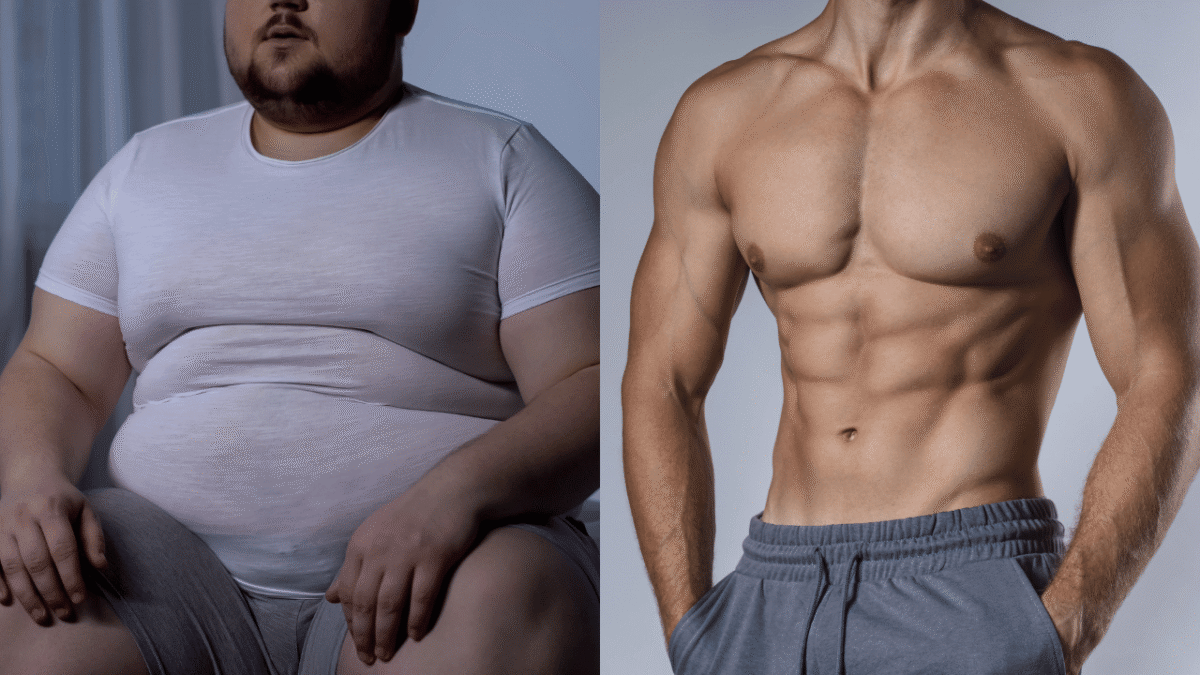
Smart Weight Loss Checklist
| Goal | Recommendation |
| Calorie Deficit | 15–20% below maintenance |
| Protein Intake | 1.6–2.2g/kg of body weight |
| Strength Training | 3–5x per week |
| Cardio | 2–3x per week (moderate or HIIT) |
| Sleep | 7–9 hours per night |
Frequently Asked Questions
Can I lose fat and gain muscle at the same time?
Yes, especially if you’re a beginner or returning after a break. This is known as body recomposition and requires smart training and high protein intake.
What is the best time to eat protein?
Ideally, spread protein evenly across meals. Post-workout meals should include 20–40g of protein for muscle recovery.
Will cardio make me lose muscle?
Excessive cardio with a large calorie deficit can cause muscle loss. But moderate cardio alongside resistance training is beneficial.
How do I track if I’m losing fat or muscle?
Use body composition tools like:
- DEXA scans
- Bioelectrical impedance scales
- Measuring tape + mirror progress
Final Thoughts
Smart weight loss isn’t about going to extremes. It’s about creating the right balance of nutrition, training, and recovery. By preserving your lean muscle mass and focusing on fat loss, you’ll look better, feel stronger, and keep the weight off for good.
Start your smart transformation today — and give your body the strength and health it truly deserves. thanks for staying with SmartDietHub


